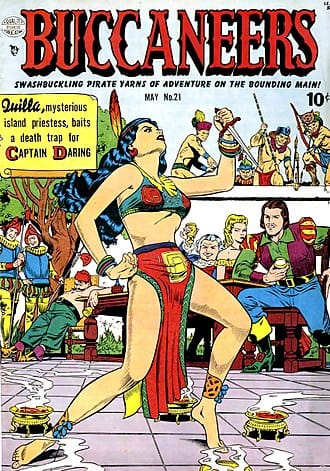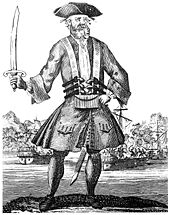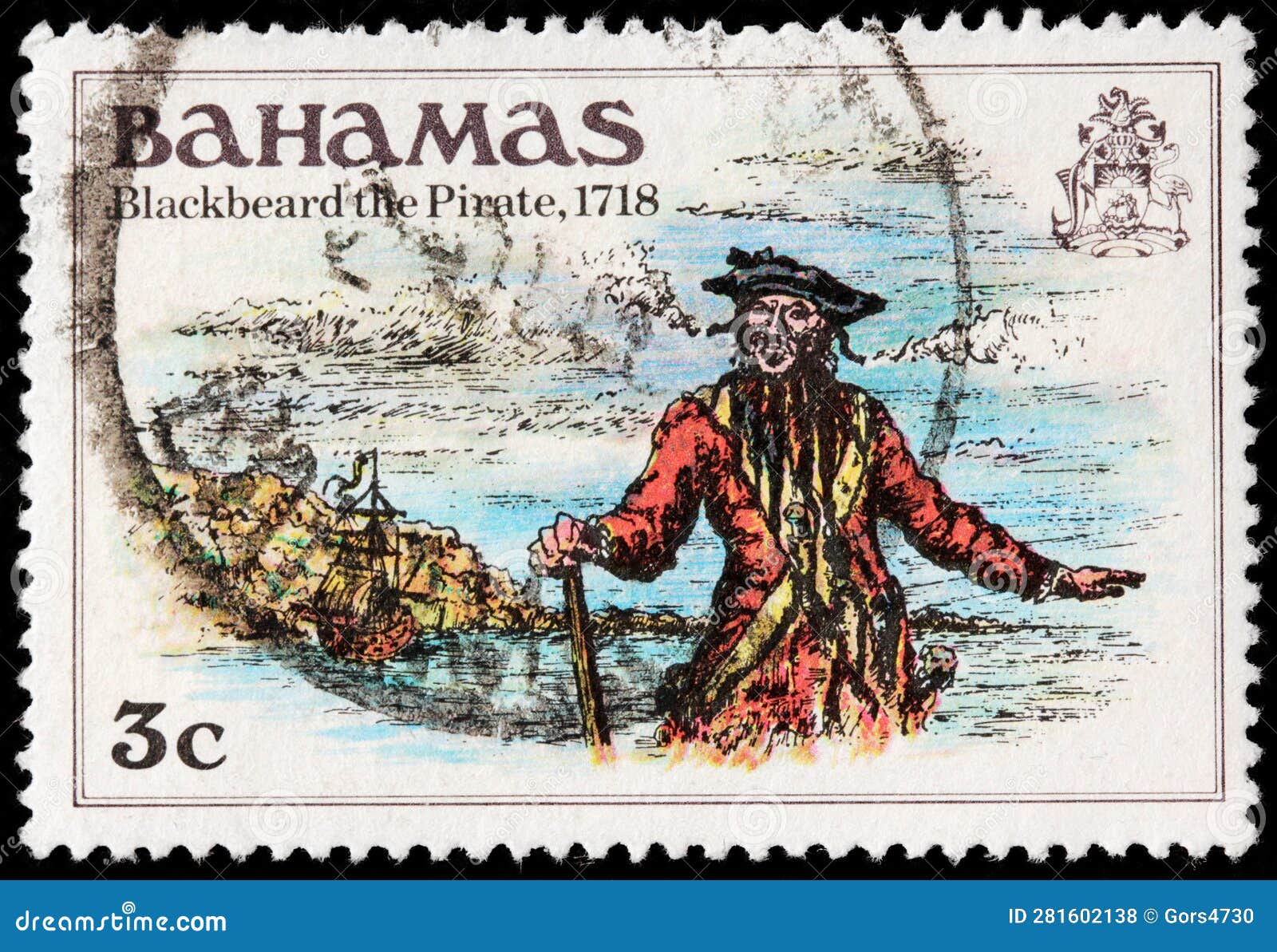PIRACY ON THE HIGH SEAS

Pirates in the so-called Golden Age of Piracy, circa 1715–25 or so, actually looked pretty much like any other sailors did during that period. However, the romanticizing of the pirate mythos really began with Robert Louis Stevenson’s novel, Treasure Island., first published in serial form in 1881/2. Much of what we think how pirates looked, acted and talked came from this one novel.
And much of so-called pirate speech and mannerisms, as well as dress, came from British Actor’s Robert Newton portrayal of Long John Silver, from that novel, in the Disney version in 1950, plus 1954 movies, and subsequent TV series, as well as his portrayal of Blackbeard in a 1952 movie. Our modern image of pirates derives largely from these.
What is the origin of pirates history?
The earliest documented instances of piracy are the exploits of the Sea Peoples who threatened the ships sailing in the Aegean and Mediterranean waters in the 14th century BC. In classical antiquity, the Phoenicians, Illyrians and Tyrrhenians were known as pirates.

Republic of Pirates
The Republic of Pirates was the base and stronghold of a loose confederacy run by privateers-turned-pirates in Nassau on New Providence island in the ...Pirate code · Flying Gang · Henry Jennings


In English-speaking popular culture, the modern pirate stereotype owes its attributes mostly to the imagined tradition of the 18th-century Caribbean pirate sailing off the Spanish Main and to such celebrated 20th-century depictions as Captain Hook and his crew in the theatrical and film versions of J. M. Barrie's children's book Peter Pan, Robert Newton's portrayal of Long John Silver in the 1950 film adaptation of the Robert Louis Stevenson novel Treasure Island, and various adaptations of the Middle Eastern pirate, Sinbad the Sailor. In these and countless other books, films, and legends, pirates are portrayed as "swashbucklers" and "plunderers". They are shown on ships, often wearing eyepatches or peg legs, having a parrot perched on their shoulder, speaking in a West Country accent, and saying phrases like "Arr, matey" and "Avast, me hearty". Pirates have retained their image through pirate-themed tourist attractions, film, toys, books and plays.
Origins
The characteristics of pirates in popular culture largely derive from the Golden Age of Piracy in the late 17th and early 18th centuries, with many examples of pirate fiction being set within this era. Vikings, who were also pirates, took on a distinct and separate archetype in popular culture, dating from the Viking revival. The first major literary work to popularise the subject of pirates was A General History of the Robberies and Murders of the most notorious pirates (1724) by Captain Charles Johnson. In giving an almost mythical status to the more colourful characters, such as the notorious English pirates Blackbeard and Calico Jack, the book provided the standard account of the lives of many pirates in the Golden Age, and influenced pirate literature of Scottish novelists Robert Louis Stevenson and J. M. Barrie. While Johnson's text recounted the lives of many famous pirates from the era, it is likely that he used considerable licence in his accounts of pirate conversations.

Stevenson's Treasure Island (1883) is considered the most influential work of pirate fiction, along with its many film and television adaptations, and introduced or popularised many of the characteristics and cliches now common to the genre. Stevenson identified Johnson's General History of the pirates as one of his major influences, and even borrowed one character's name (Israel Hands) from a list of Blackbeard's crew which appeared in Johnson's book.
In 18th and 19th century Britain, historical-fiction portrayals of pirates on the dramatic stage included false flag props representing the various European navies. A common trope was to represent the archetypical scene where a crew of privateers donned false uniforms along with the false flag as they approached a ship, only raising the skull and bones flag at the last moment before the attack. Other tricks often portrayed on stage included (in a more initially peaceful encounter of ships) the pirate offering to gamble, or claiming the need to inspect documents or retrieve a runaway prisoner, before placing the victim of the scheme in shackles. These portrayals of pirate characters were fictionalised but based on the mythologised historical memory of both the Golden Age of Piracy and the contemporary pirates at that time. Barbary corsairs were a frequent type of pirate portrayed in that genre of stage and literature.
Appearance and mannerisms of Caribbean Pirates
In films, books, cartoons, and toys, pirates often have a rough-and-ready appearance that evokes their criminal lifestyle, rogue personalities and adventurous, seafaring pursuits. They are usually greedy, mean-spirited, drunk on rum and focused largely on fighting and robbing enemy pirates and locating hidden treasure. They often wear shabby 17th or 18th century clothing, with a bandana or feathered tricorne. They are almost always armed with a cutlass and a flintlock pistol, or similar weaponry. They sometimes have scars and battle wounds, rotten or missing teeth (suggesting the effects of scurvy), as well as a hook or wooden stump where a hand or leg has been amputated and often an eye patch to conceal a lost eye. Some depictions of pirates also include monkeys or parrots as pets, the former mischievously assisting them in thieving and the latter loudly copying whatever the pirate captain says. The ship's captain will force captives and mutinous crewmen to walk the plank over shark-infested waters.
Historical pirates were often sailors or soldiers who had fallen into misfortune or were captured, forced into a life of crime. In various literature, the pirates may be represented as having fallen, perhaps resembling a "respectable" person in some way. Pirate characters generally quest for buried treasure, plundered riches in treasure chests. Pirates' treasure is usually gold or silver, often in the form of doubloons or pieces of eight.
Pirate subculture
In the 1990s, International Talk Like a Pirate Day was invented as a parody holiday celebrated on September 19. This holiday allows people to "let out their inner pirate" and to dress and speak according to the pirate stereotype above. It has been gaining popularity through the Internet since its founders set up a website teaching "pirate speak."
Many games, movies, and other media are built upon the premise, introduced by Real Ultimate Power, that pirates buccaneers are sworn enemies of ninjas. The "Pirates versus Ninjas" meme is also expressed in house parties and merchandise at popular-culture clothing and gift stores.

Science fiction pirates
The pirate archetype has been adapted to science fiction with more or less futuristic dress and speech.
- Air pirates are science fiction and fantasy character archetypes who operate in the air, rather than sailing the sea. As traditional seafaring pirates target sailing ships, air pirates capture and plunder aircraft and other targets for cargo, money, and occasionally they steal entire aircraft.
- Space pirates are science fiction character archetypes who operate in outer space, rather than sailing the sea. As traditional seafaring pirates target sailing ships, space pirates capture and plunder spaceships for cargo, money, and occasionally they steal entire spacecraft.
THINGS YOU MAY NOT KNOW: Pirates also play a central role in the parody religion of Pastafarianism. Established in 2005, Pastafarians (members of The Church of the Flying Spaghetti Monster) claim to believe that global warming is a result of the severe decrease in pirates since the 18th century, explaining the coldness associated with winter months that follow Halloween as a direct effect of the number of pirates that make their presence known in celebration.
THINGS YOU MAY WANT TO SAVE: Blackbeard 1952 movie, LongJohn Silver Novel, & the Novel Treasure Island
ZENTRAVELER SAYS: PIRATES OF THE HIGH SEAS HAVE RETURNED WITH A VENGANCE. Modern day pirates are targeting oil ships with examples: Two speedboats approach a chemical tanker steaming along the Gulf of Oman. A nervous captain raises the alarm. Just days before, pirates seized
another tanker anchored nearby, taking the ship and crew to join 18 other vessels awaiting ransom on the coast of Somalia. A long whistle blast sends crew rushing to a locked refuge aboard the ship, while an onboard security team readies weapons. Pirates come within 15 metres of the ship before warning shots cause them to break off and speed away. So ends one recent encounter in the escalating war with pirates.
Such attacks occur almost daily, since an explosion in piracy five years ago. According to the International Maritime Organization, there were 489 pirate attacks in 2010, the worst year on record with over 1,000 mariners languishing as hostages.
From here to Infinity is a relatively short ride! The next leg takes eons and eons as you fly through the Barycentric Dynamical Time Zone! …and on and on and on. Follow the Zentraveler Newsletter often for Travel, Health and Zen-like stories and such. Where else can you get a THREE IN ONE NEWSLETTER FOR THE PRICE OF FREE.

ZENTRAVELER IS A PERSONAL NEWSLETTER, DESIGNED TO GIVE TRAVEL, HEALTH, WRITING AND HUMOR INCLUDING HELPFUL HINTS WITH A ZEN LIKE QUALITY.
PLEASE CHECKOUT MY NEW VIDEO PODCASTS AT ZENTRAVELER ON YOUTUBE...THANKS
